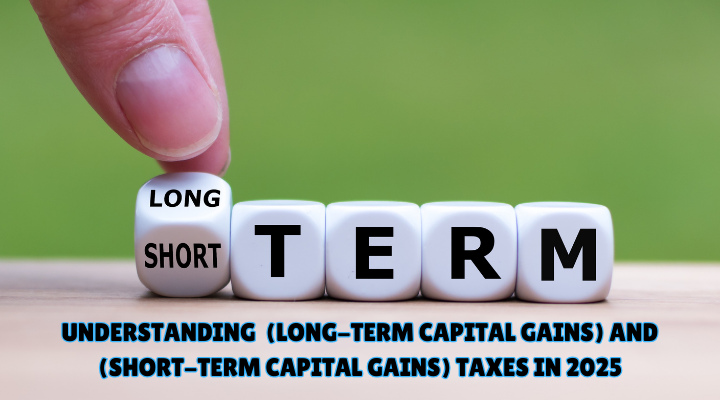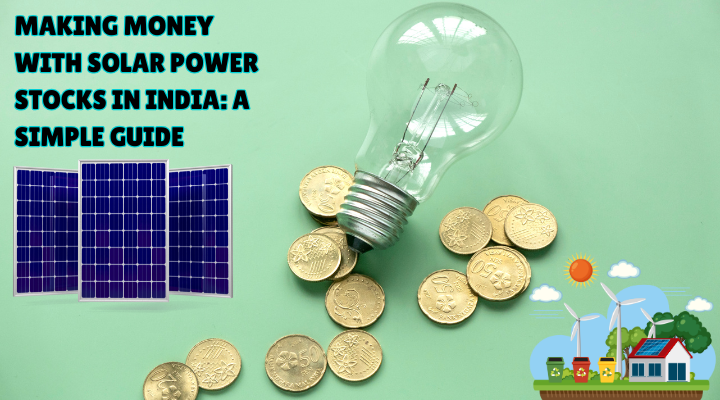.png)
Ever hear predictions that EVs might cross $800 billion by 2030?
It’s a fast-moving sector, changing not only how people drive but also how they invest.
After years of watching market swings, I’m convinced that spotting new opportunities and facing hurdles in this energetic space can achieve impressive rewards.
Because reasons, indeed!
From self-driving technology to battery innovations, EVs spark fresh possibilities for consumers, businesses, and eager investors.
In this chat, I’ll cover current market conditions, specialized sub-sectors, international and moral factors, and practical investing ideas for anyone ready to jump on the electric mobility ride.
Once, I took a leap on an early EV-related startup, and that experience showed me how timing and foresight can shape returns in a big way.
Current Landscape of EV Market
EVs are no longer a niche. Companies like Tesla, BYD, and Rivian keep raising adoption each year.
In 2024, India reported 1.95 million EV sales—27% higher than the previous year.
That surge lifted EVs to 3.6% of India’s total auto sales, compared to 2.5% in 2023.
Feels like unstoppable momentum.
Yet challenges persist. Lack of semiconductors and limited raw materials slow down global production.
Premium EVs grew just 6.7% in 2024, partly due to tough competition.
Tata Motors’ dominance in India’s EV sector, at 73% in 2023, dipped to 62% in 2024 when JSW and Mahindra & Mahindra joined in.
Ongoing growth depends on robust charging networks and supportive policies.
Investors should consider factors like station expansion and government incentives before jumping in.
Deep Dives into Sub-Sectors
Autonomous Driving Technology
Self-driving systems are changing how we move.
Businesses investing in AI-driven EVs are building entire smart mobility ecosystems.
Tesla’s Full Self-Driving beta and Waymo’s progress reveal big possibilities.
Experts predict strong growth in driverless vehicles, making it an appealing area for forward-thinking investors.
I once visited a demo track where an AI-powered car navigated heavy traffic—felt like the future on four wheels!
Battery Recycling
Handling old batteries is a serious environmental issue.
New methods in lithium-ion recycling help cut waste and offer profit potential.
Redwood Materials and other innovators aim to reuse limited resources like lithium and cobalt.
This sub-sector combines eco-friendly goals with practical revenue streams.
Charging Infrastructure in Emerging Markets
Large cities have decent EV adoption, yet charging availability in developing regions can be shaky.
India is pushing private-public projects to build more stations.
Suzuki Motor’s $4 billion plan in India seeks to double output and solve station shortages.
That move could spark EV adoption in markets that badly need reliable infrastructure.
I met a young startup founder in Mumbai who installs compact chargers in small neighborhoods—game-changing approach for reaching more people.
Geopolitical Factors Influencing EV Industry
Trade rules and scarce materials strongly affect EV trends. Lithium and cobalt demand creates fierce global competition.
China leads battery production and rare earth supplies, challenging other nations, while India’s self-reliance strategy reorders supply chains.
Subsidies and tighter emission standards push EV sales as well. India targets 30% adoption by 2030, feeding rapid demand. Investors who watch these international shifts can find prime chances to profit.
Ethical and Social Implications of EV Adoption
Ethical Concerns
EV expansion raises thorny questions.
Mining worker conditions, battery waste, and factory emissions spark debate.
Cobalt extraction often relies on harsh labor, causing calls for clean sourcing.
Tackling such issues is vital for long-term success.
I once researched a mining operation that claimed to prioritize fair practices—transparency made its EV partnerships much stronger.
Social Impacts
EV growth also affects job markets, especially in older auto plants.
As traditional engine output falls, reskilling becomes necessary.
City planners must figure out how to place chargers in older neighborhoods.
It be like that sometimes—progress needs fresh thinking.
Investment Strategies for EV Market
Investors have multiple ways to tap EV potential:
ETFs: Funds focused on EV tech spread risk while offering access to fast-moving sectors.
Stock Selection: Picking established players like Tesla, BYD, or emerging names like Ola Electric can deliver solid returns.
Ola’s stock soared 20% on its IPO day, showing major interest.
Long-Term View: Projects around solid-state batteries and AI-powered EVs hold massive promise for those who invest with patience.
A mix of well-known leaders and fresh startups in battery recycling, charging solutions, and self-driving tech can balance risks and reap higher rewards.
I once split my funds between a top EV automaker and a small battery-recycling firm—both gave me unique insights and good returns.
Long-Term Vision: Emerging Technologies in EV Space
Solid-state batteries could transform energy storage with better capacity and faster charging.
AI inside EVs hints at safer, more intuitive driving.
Such breakthroughs can reshape markets and open new investment doors.
Tata’s $1.5 billion investment in battery gigafactories expands supply chains and brightens EV prospects in a big way.
I remember standing inside a gigafactory for the first time, thinking, “This is more than a factory—it's tomorrow’s blueprint!
FAQs
Q.What are top EV stocks now?
Tesla, Amara Raja Energy & Mobility Ltd, ola electric and newcomers like Rivian remain popular.
Q.How do policies support EV adoption?
Subsidies and tax breaks often reduce prices for buyers, driving faster uptake.
Q.Which barriers hold back charging networks?
High costs, limited land, and uneven coverage still create hurdles.
Q. Why invest in battery recycling?
It reduces waste, saves important minerals, and addresses battery disposal problems.
Conclusion
EVs aren’t just a quick trend.
They’re reshaping entire industries and economies.
Rapid growth, exciting tech, and shifting consumer demands create huge openings for investors and businesses alike.
Stay alert and dive in decisively if you want to be part of this electric revolution.
Ready to boost your portfolio with EV stocks? Subscribe to my newsletter for fresh insights on EV markets and beyond. Don’t settle for watching from the sidelines—take charge and move forward.
Comments (0)
Categories
Recent posts


Tips on how to select the Best Share ...
18 Sep 2024
LTCG vs. STCG Taxes in India (2025): ...
27 Jan 2025
Making Money with Solar Power Stocks in ...
28 Jan 2025



